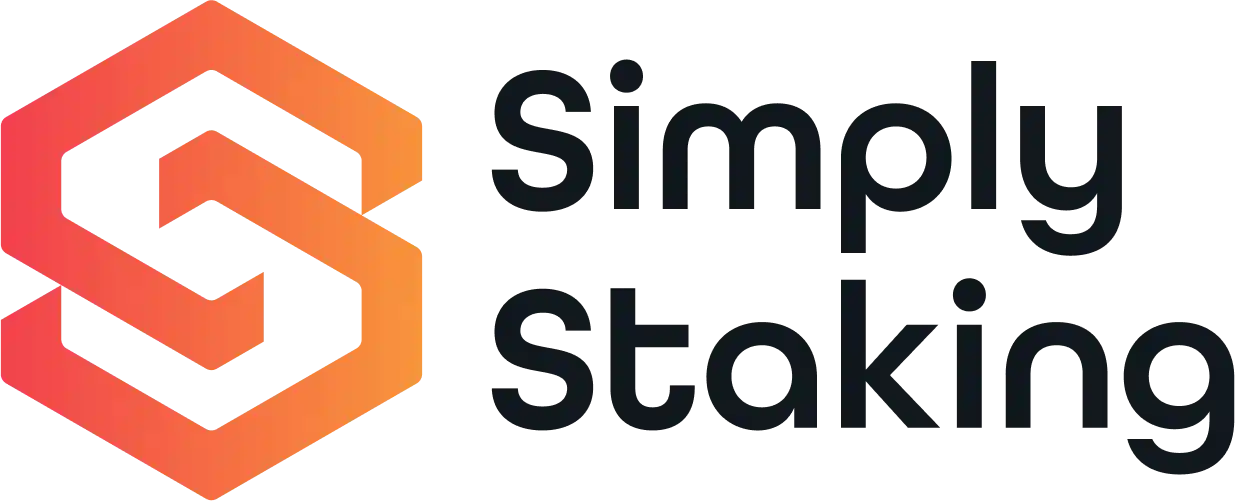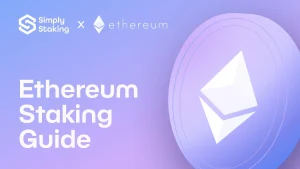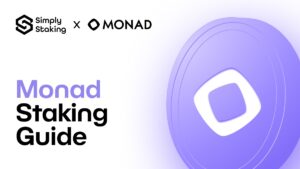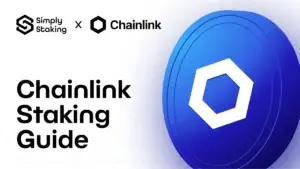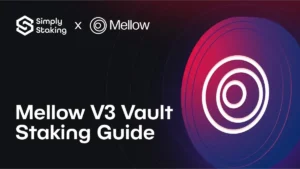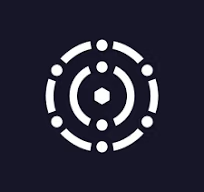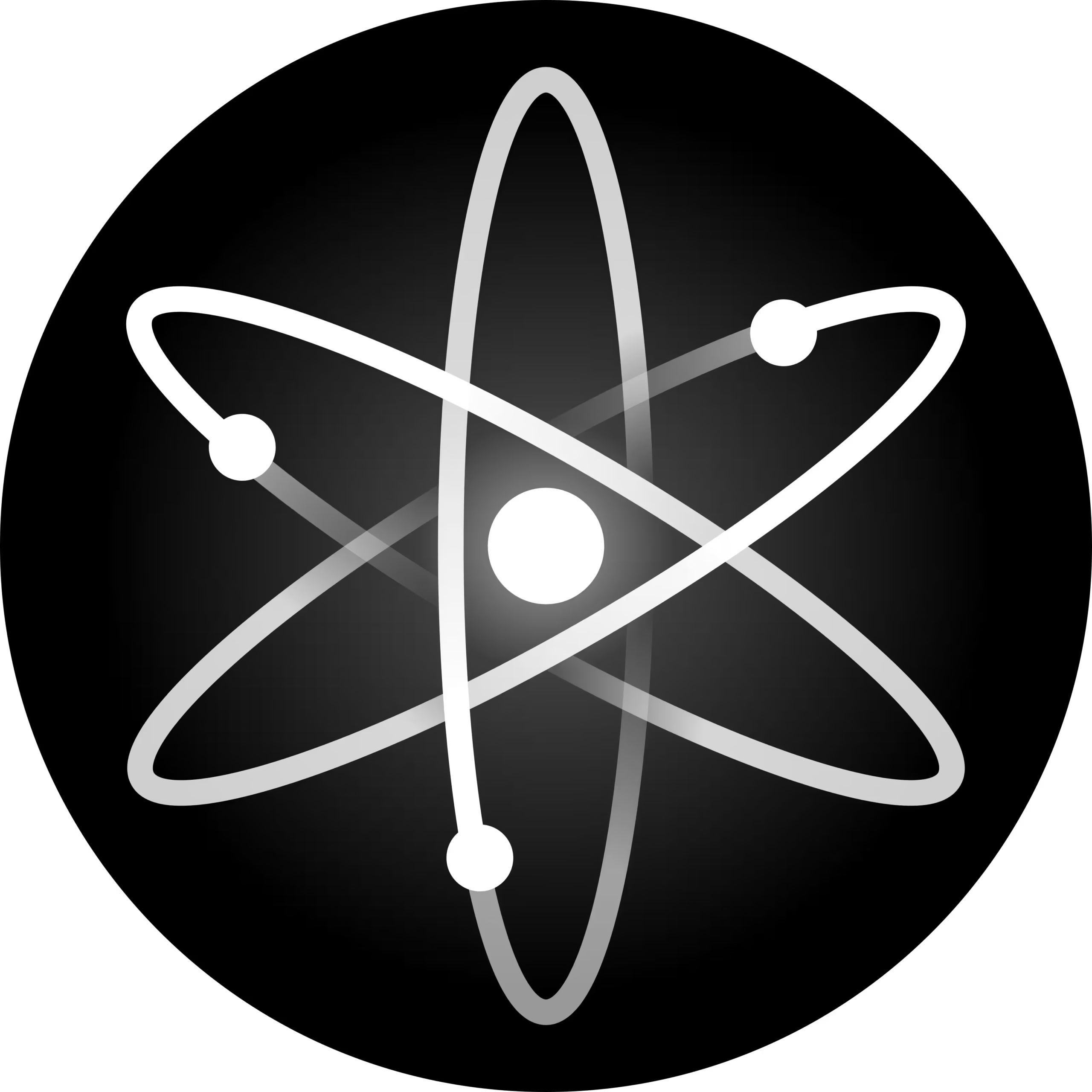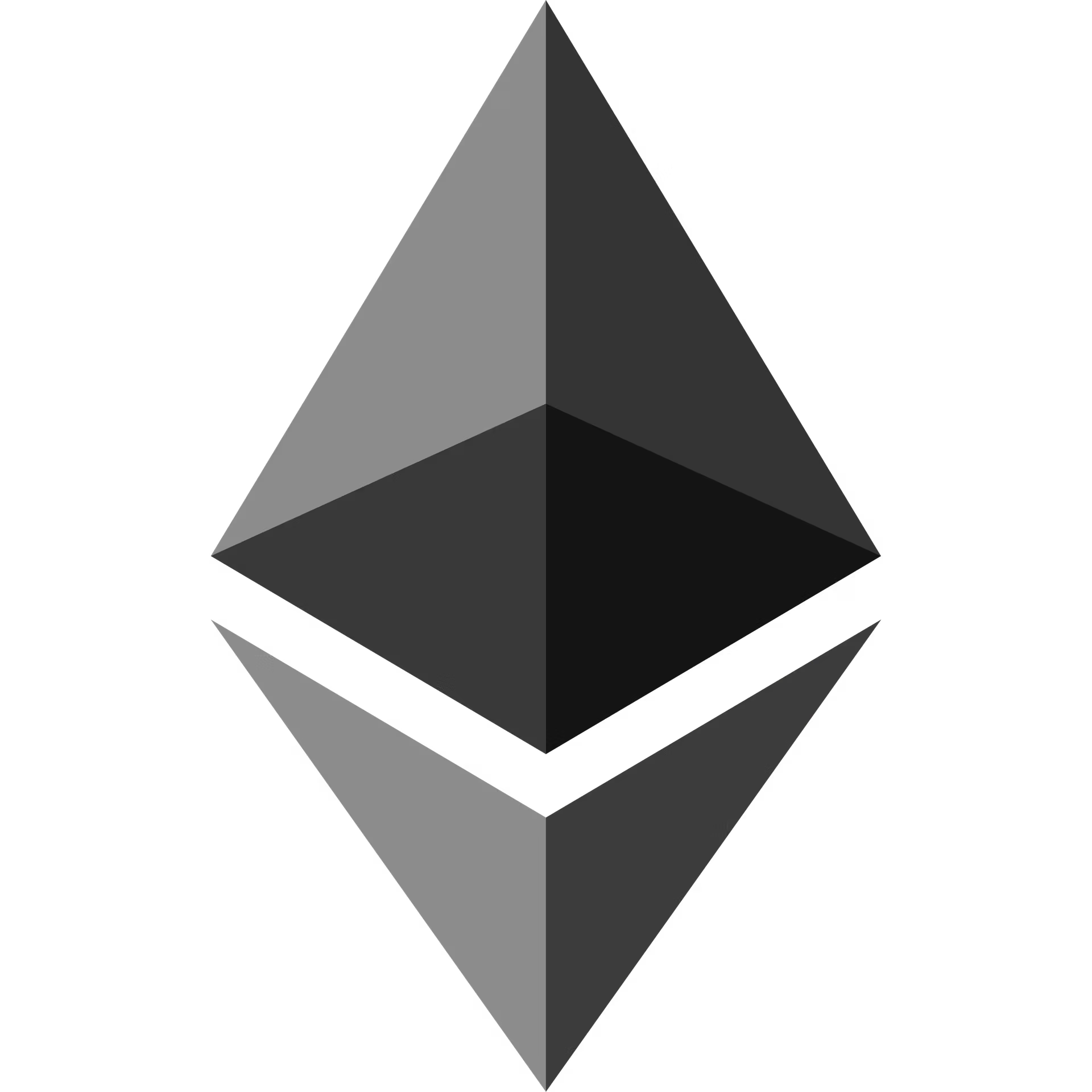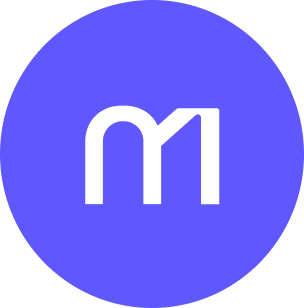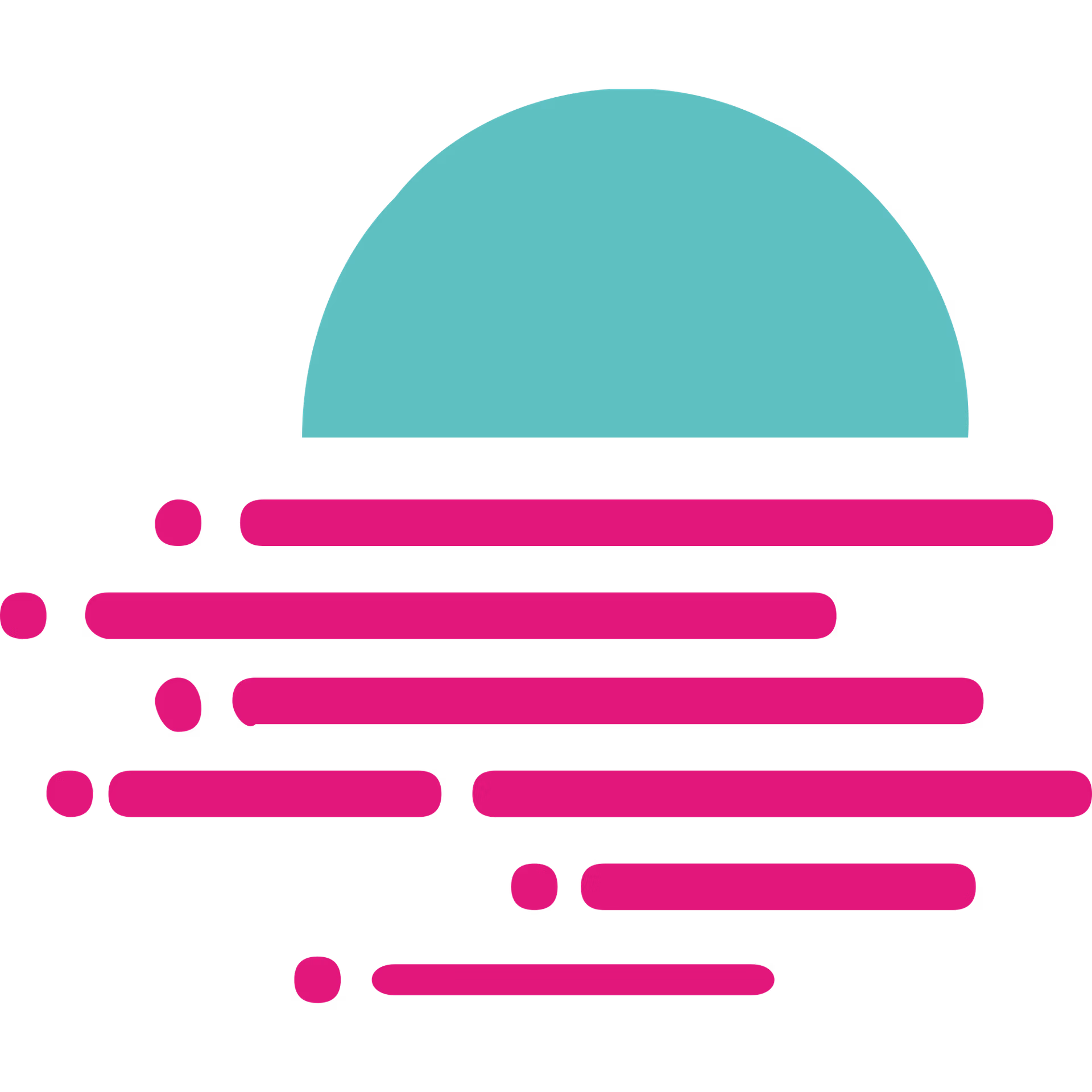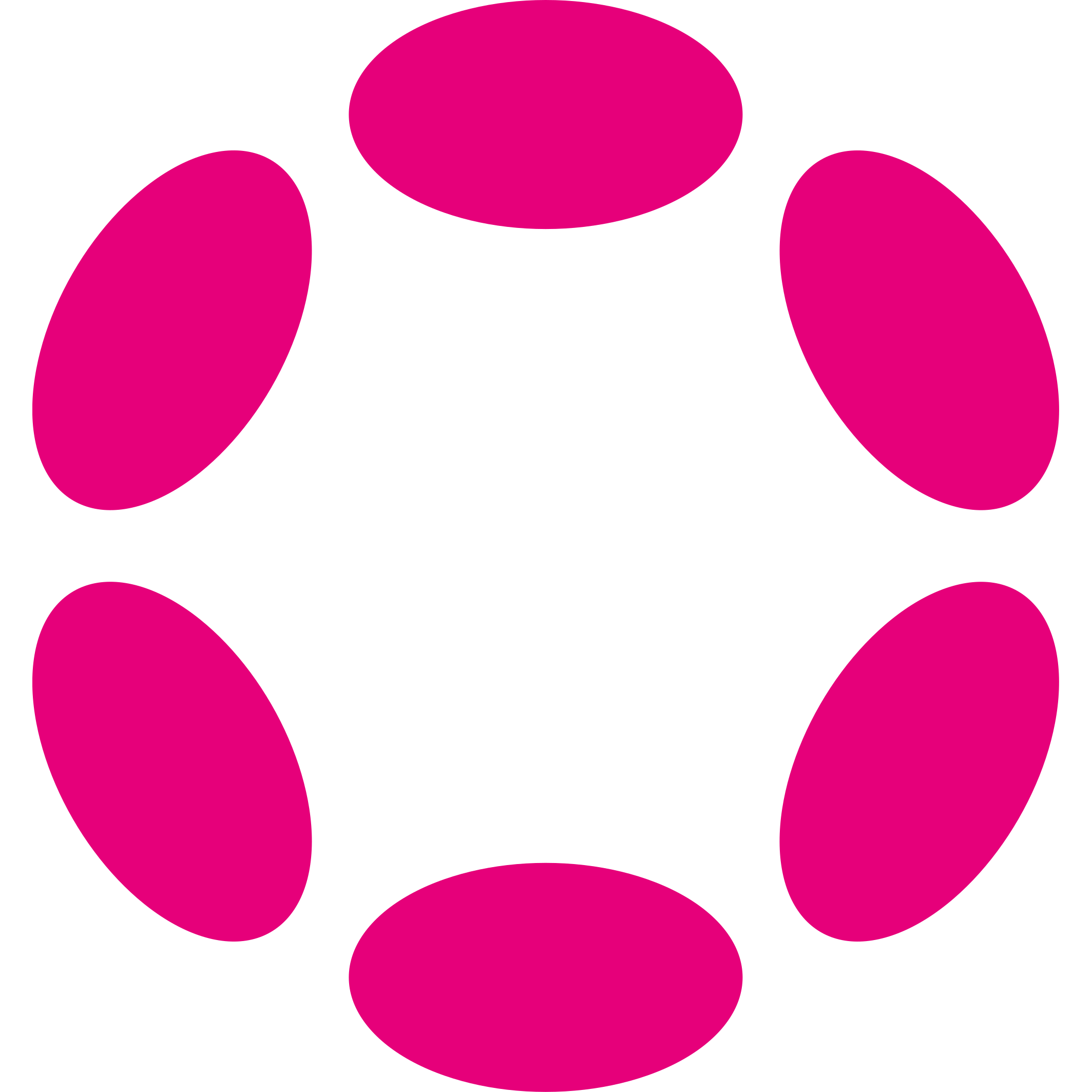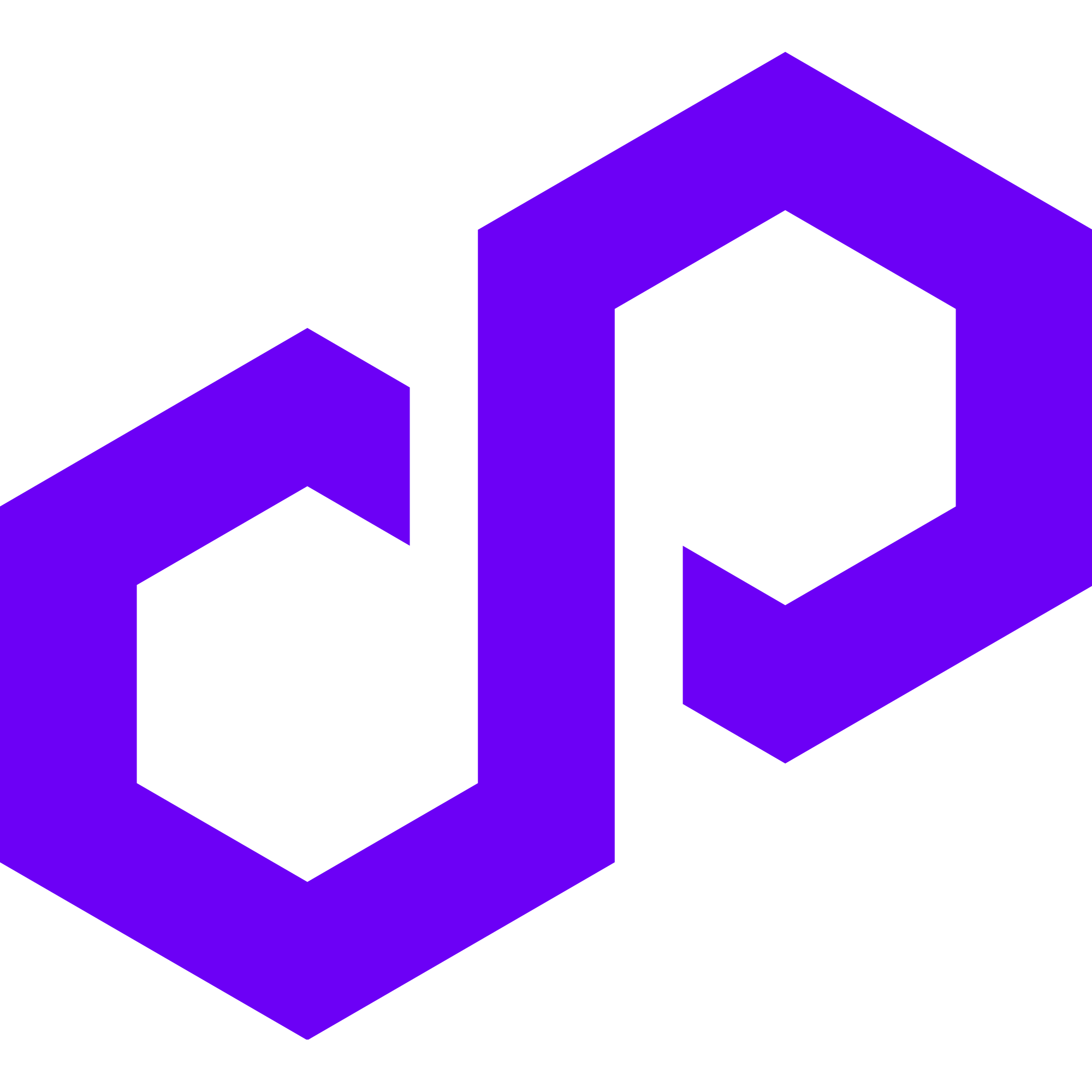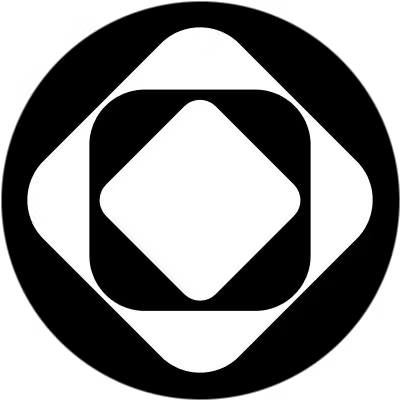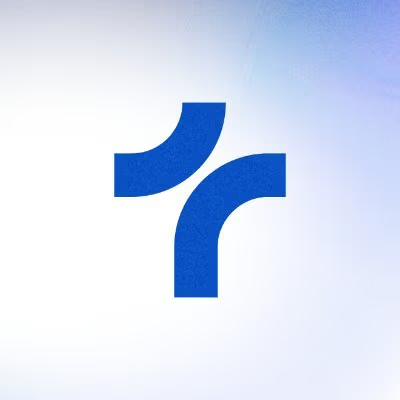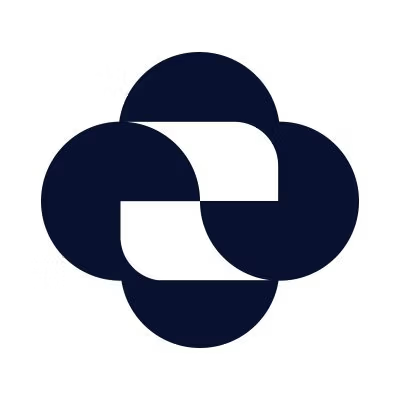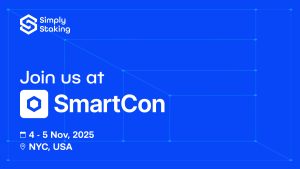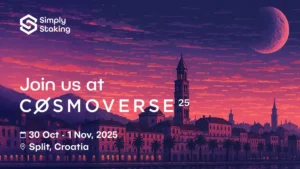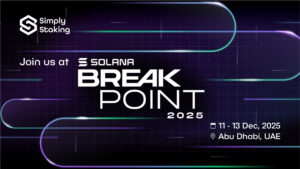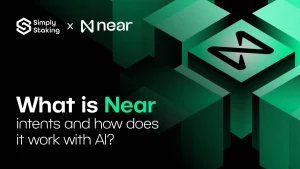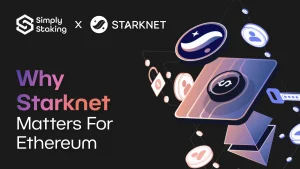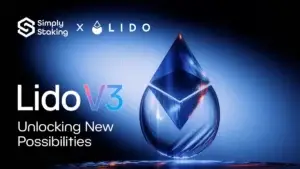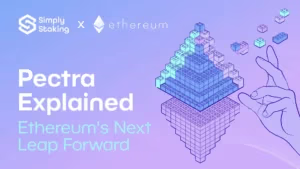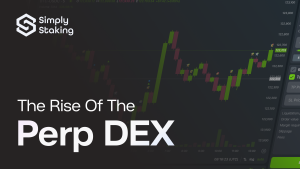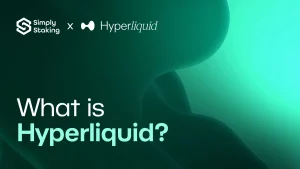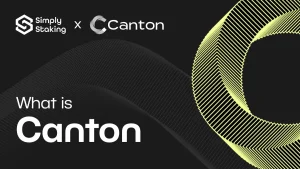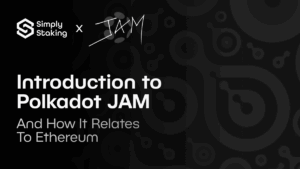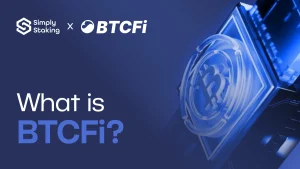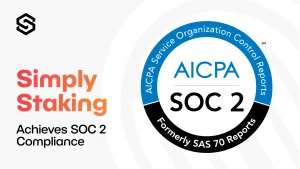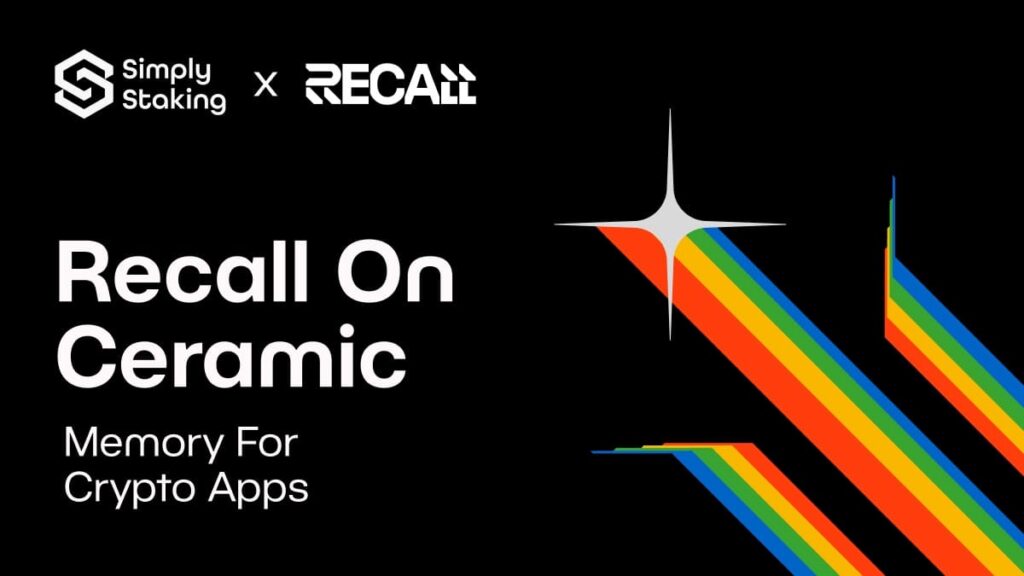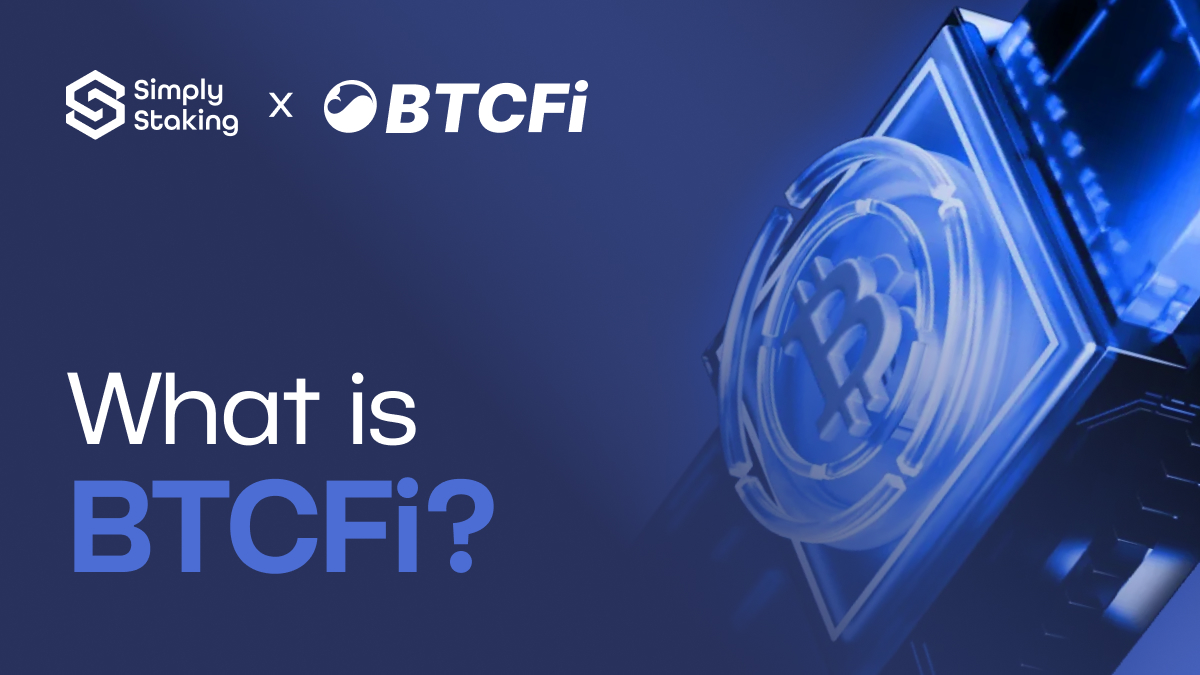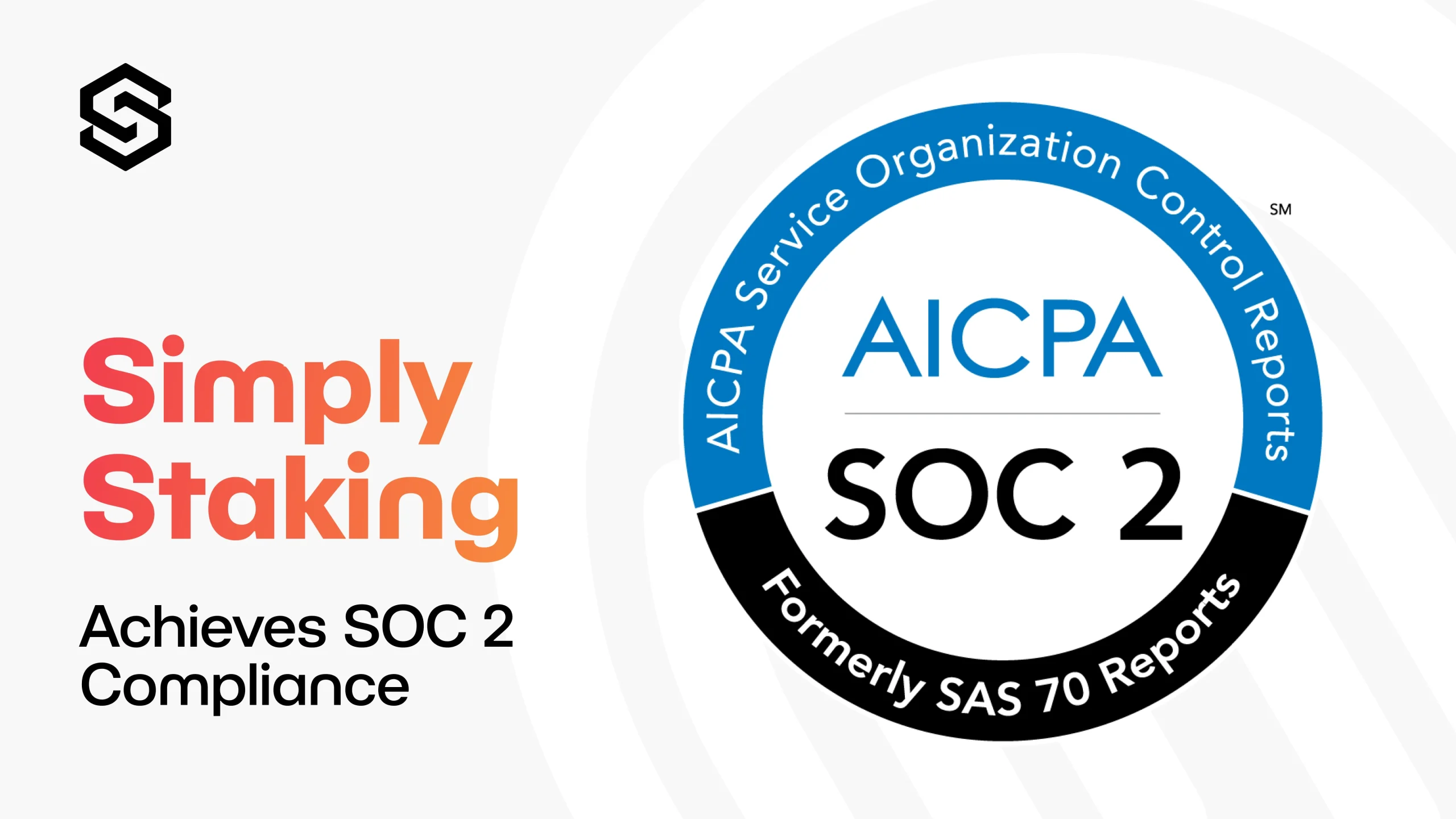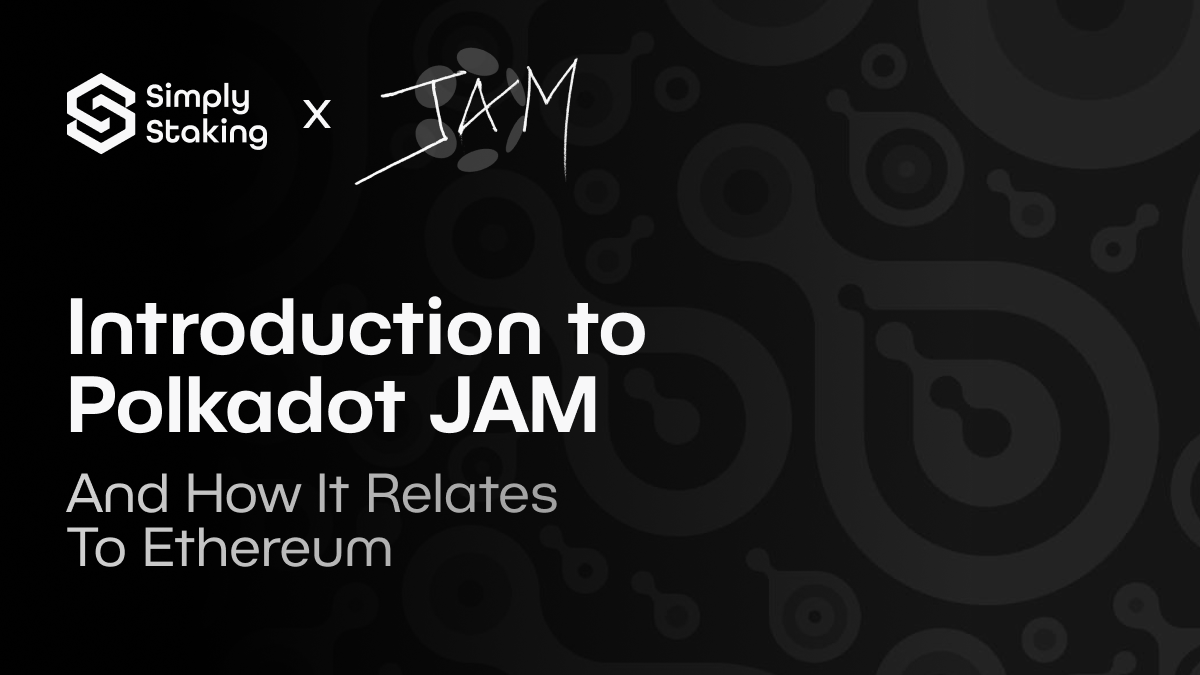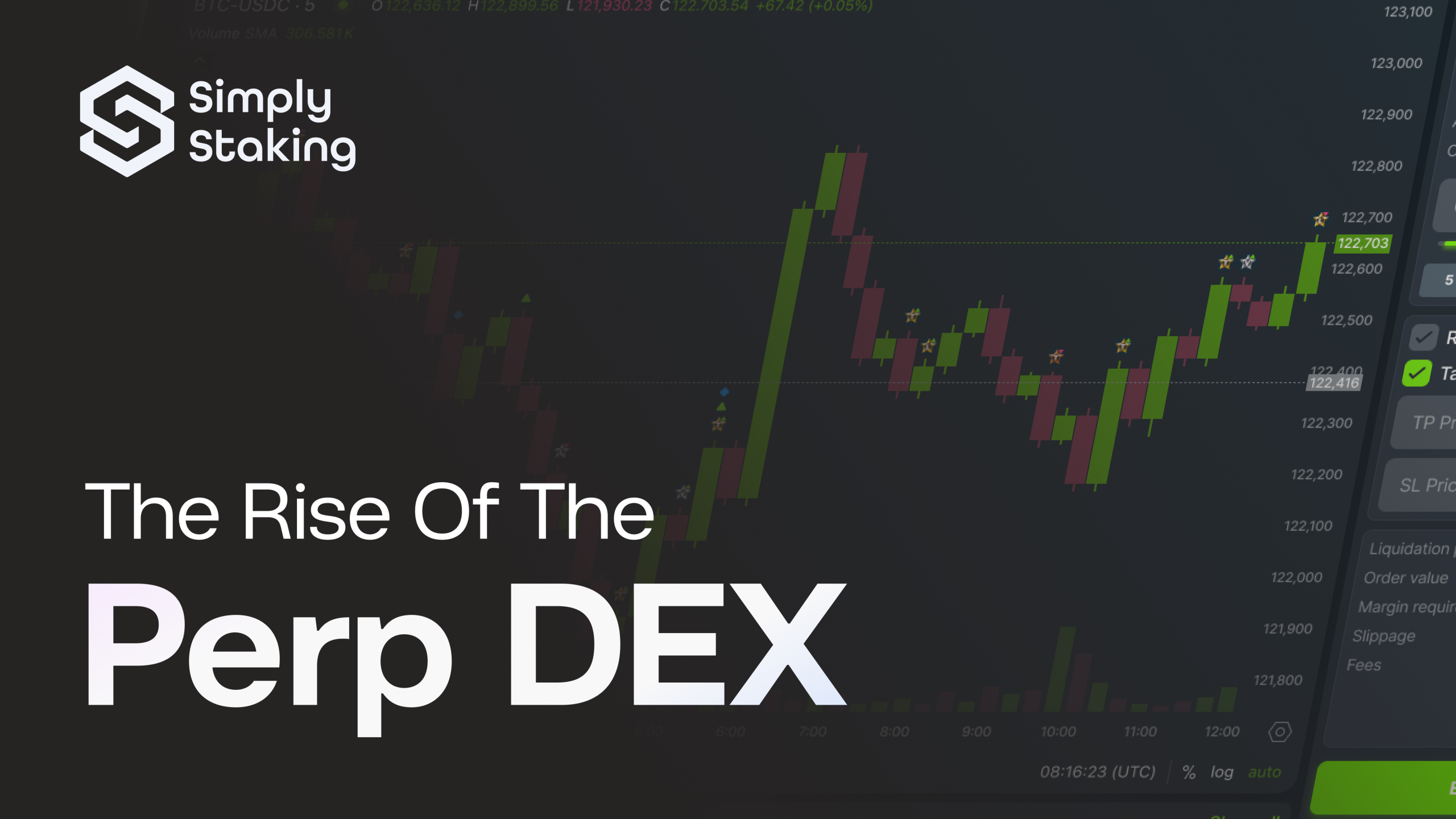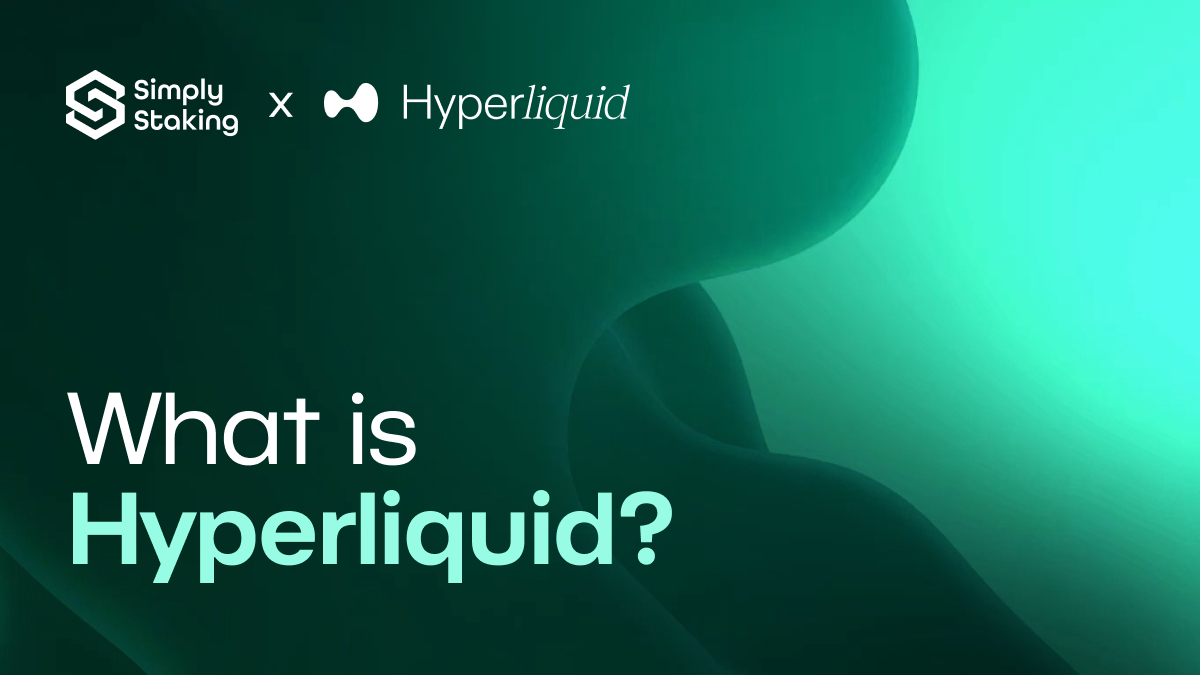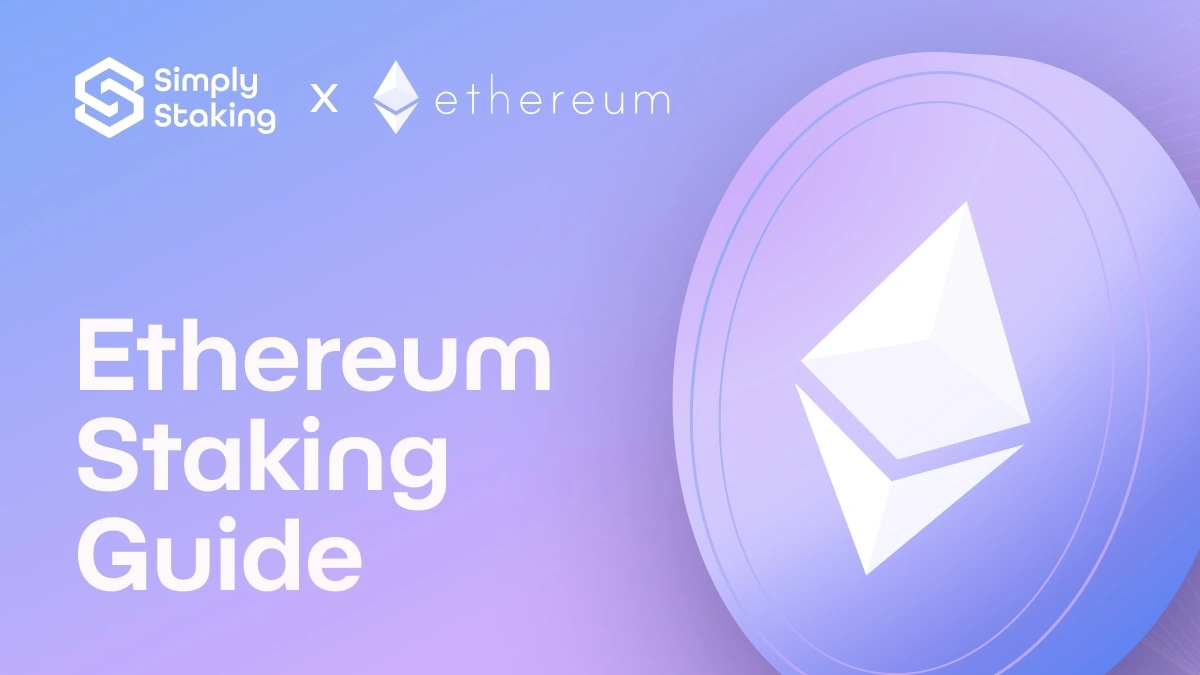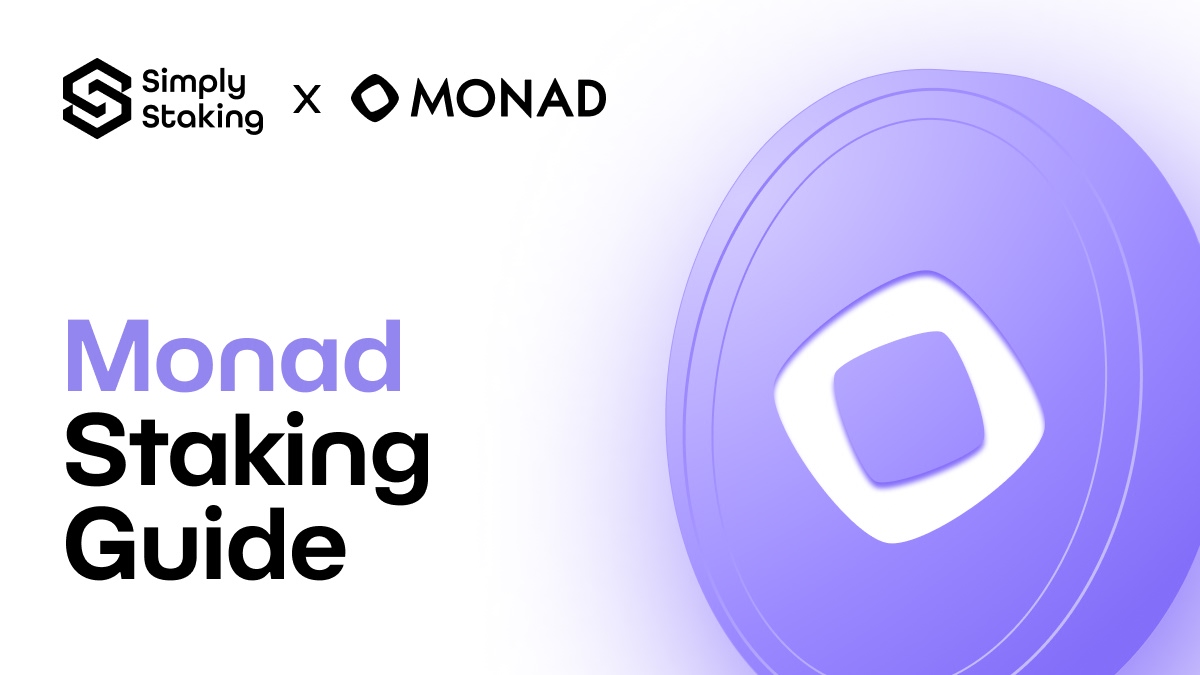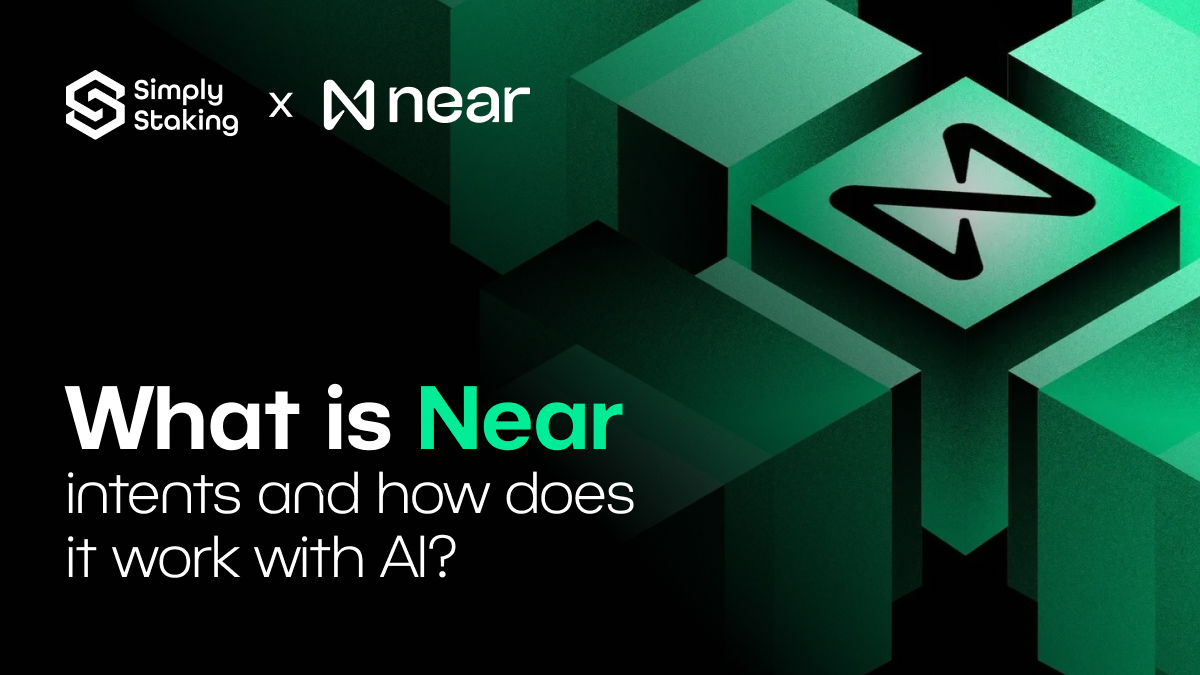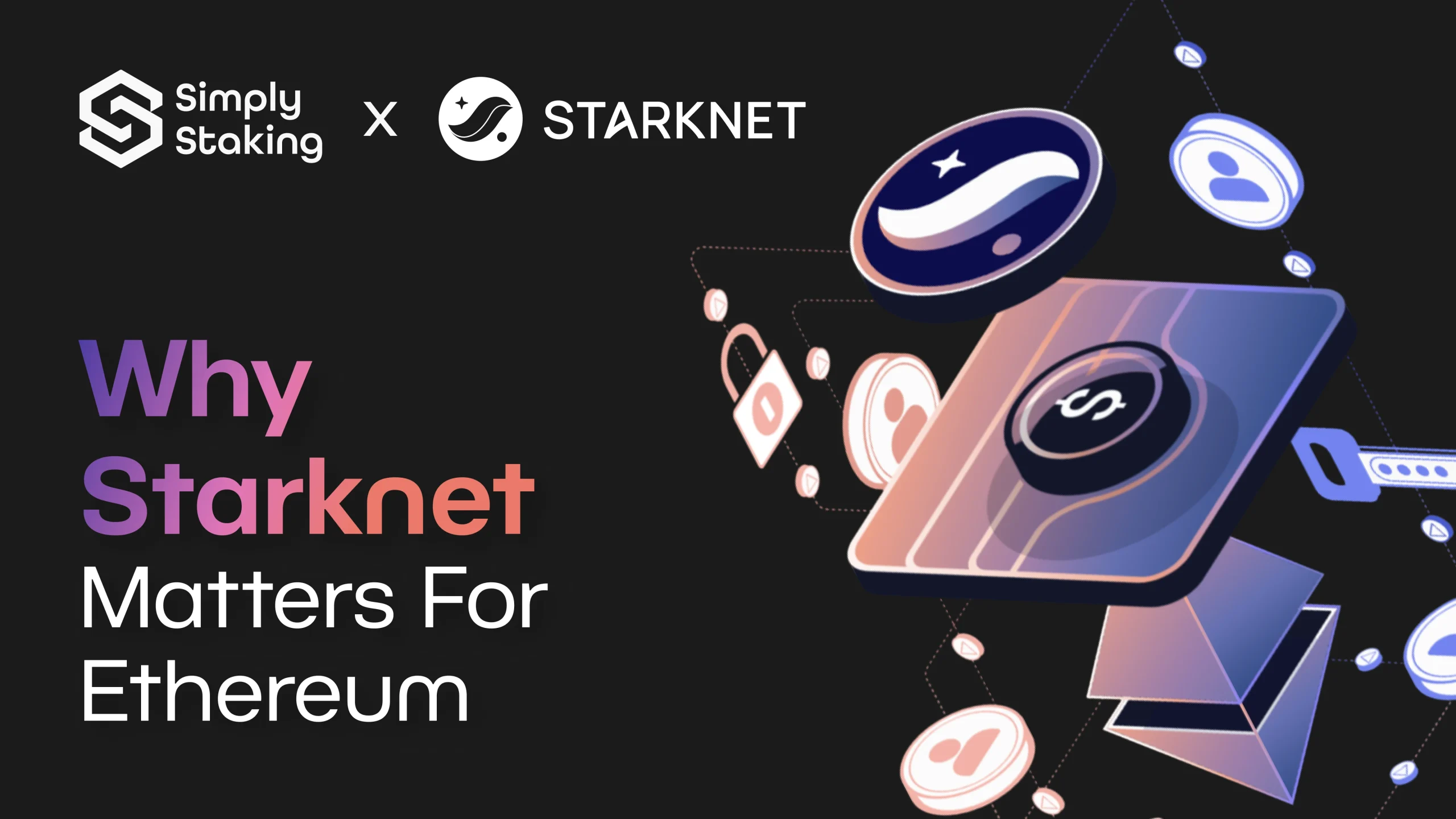How the Recall Network on Ceramic Brings Intelligence, Incentives, and Shared Memory to Crypto Builders and Users
Imagine logging into your favourite blockchain Web3 app, tweaking your settings, exploring new features, and then returning the next day to find everything wiped clean. No history. No preferences. No memory. If that sounds familiar, you have experienced one of Web3’s biggest user experience limitations: statelessness.
Unlike Web2, where platforms like YouTube or Spotify remember your history, preferences, and behaviour across sessions, most Web3 applications start from scratch every time you connect your wallet. Each decentralised app operates in isolation, causing the overall experience to fragment. Without a shared memory layer, there is no standard way to retain settings or carry information between platforms. This fragmentation not only frustrates users but also creates unnecessary competition between apps that should ideally work together.
That means you lose dark mode preferences, saved tokens, and even the option to continue where you left off. It feels like a blank slate every single time. This lack of continuity is more than just inconvenient. It creates friction for users, especially those who are new to Web3. Repeating setup steps and reselecting preferences can be frustrating, and returning users are often met with an experience that feels disconnected and impersonal.
This is exactly the problem Recall aims to solve, and therefore, we believe that this project deserves our attention!
What Is Recall?
Recall Network is a decentralised memory layer that connects directly to your wallet. It allows users to carry their preferences, settings, and usage history from one Web3 application to another. This makes each new app feel more familiar and responsive, without needing to start over every time.
How is this possible, you ask? The technology behind Recall is built on Ceramic, a decentralised data network that stores information in a secure and modular way. When you use an app that supports Recall, it can access your stored preferences through your wallet. This includes things like display settings, activity logs, or saved items.
Rather than locking data inside a single application, Recall creates a shared layer of memory that any compatible app can access. This is made possible by using wallet addresses as the link to each user’s data, which remains under their control at all times.
Technically speaking, Recall offers a standard way to read and write user data that is consistent across different apps. This improves interoperability and makes it easier to build experiences that feel personalised, smooth, and connected.
In short, Recall brings a missing piece to Web3. It adds memory!
How Recall Works
So how does Recall actually manage to give Web3 applications a sense of memory?
At the heart of it is Ceramic, the decentralised data network that powers Recall. Ceramic is what allows information to be stored in a way that is secure, flexible, and fully under the user’s control.
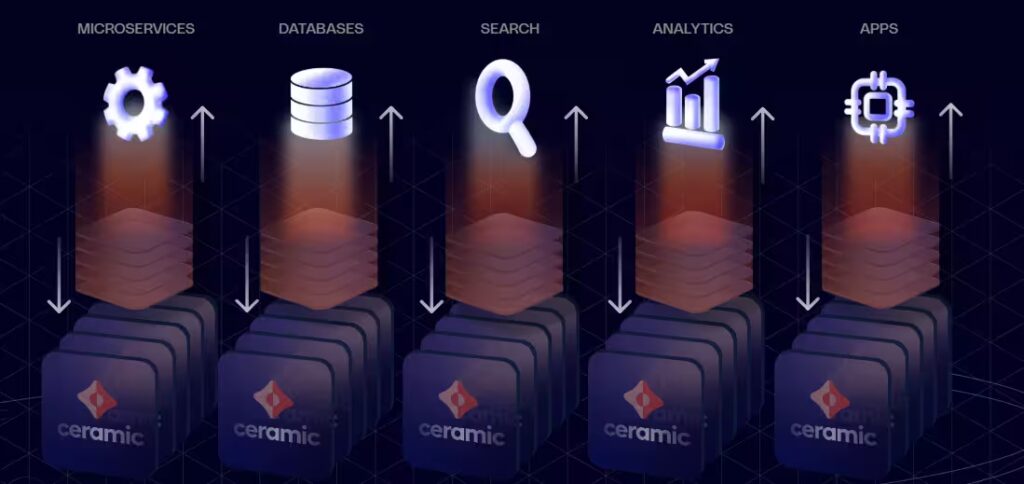
When you use an app that supports Recall, your data is linked to your wallet through a special type of identifier known as a decentralised identifier, or DID. This acts like a secure reference point, connecting your preferences and activity to you without relying on usernames, email addresses, or centralised accounts.
From there, information is written to something called a stream. Think of a stream as a living document that records your choices in real time. It can be updated as your preferences change and is designed to stay in sync across all apps that have permission to access it. So when you adjust your settings in one app, those changes can instantly apply to another.
What is very important to note at this stage is that access is always controlled by you. Apps must request permission, and you sign a session to authorise them. This means your data is never exposed without your consent, and no one can read or change it without your approval.
In essence, Recall works by combining identifiers, stream-based storage, and clear permission controls. Together, these tools provide a seamless way to personalise Web3 while keeping your data private, portable, and secure.
Practical Crypto Use Cases of Recall
Now that we have covered how Recall works, let us look at why it matters in practice. What does a memory layer actually do for users and developers?
The most obvious benefit is personalisation. For example, if you prefer dark mode in one app, you can expect that preference to carry over to the next application that supports Recall. There is no need to adjust settings repeatedly. Your choices move with you.
Another key feature is the ability to continue where you left off. Imagine using a DeFi dashboard or browsing an NFT marketplace. With Recall, the app can remember your last session. You can return to the same portfolio view, collection, or screen without needing to start over.
Recall also introduces the possibility of shared data across applications. You could have a consistent profile that stays with you across platforms, or receive helpful notifications and updates wherever you go. If one app lets you create a watchlist, another app could access that same list, with your approval.
But the utility of Recall extends beyond human users. As introduced in the blog post Unstoppable Intelligence for AI, Recall is becoming a memory system not only for people, but also for autonomous agents that operate within decentralised applications. These agents can use Recall to store and retrieve information, coordinate actions across platforms, and even monetise their knowledge by sharing data with other agents.
This positions Recall as a foundational layer for both human and machine participants in the crypto ecosystem, creating a competitive advantage for any platform or developer that integrates it.
These examples show how even small improvements can make a big difference to the Web3 experience. What seems like a basic feature in Web2, such as remembering your preferences or keeping your place, has been difficult to achieve in a decentralised environment. Recall helps solve this problem.
By giving both humans and machines access to secure and portable user data, Recall enables Web3 applications to feel more connected, more intelligent, and much more user friendly.
The Significance of Ceramic’s Integration with Textile
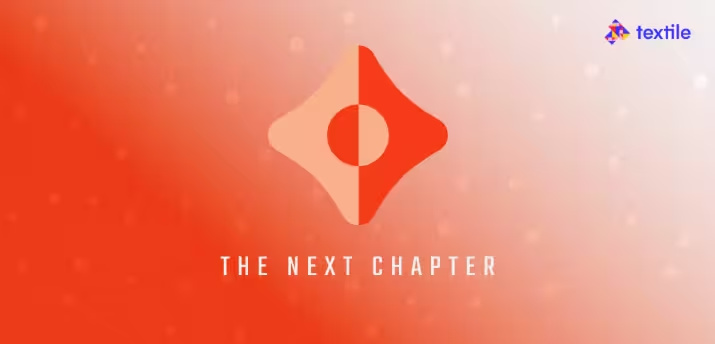
In February 2025, an important shift happened behind the scenes of Recall’s infrastructure. 3Box Labs, the company behind Ceramic, announced that it had merged with Textile, a key player in decentralised data and infrastructure. As a result, Ceramic is now part of the same ecosystem as Tableland DB and Basin Network.
This merger is more than a technical consolidation. It is part of a bigger vision to create an open intelligence network. In this new environment, autonomous AI agents will be able to exchange knowledge and insights directly, without relying on centralised intermediaries. They will be able to buy and sell intelligence in real time, in a fully decentralised way.
So, where does Ceramic fit into all of this?
Ceramic brings the data layer that makes communication between these AI agents possible. It offers the tools for real-time knowledge streaming and verifiable data exchange. This directly benefits Recall, which depends on Ceramic to store and manage user memory in a secure, structured, and composable format.
By becoming part of the Textile network, Ceramic is gaining new capabilities and broader support. And for Recall, this means a stronger foundation, improved performance, and access to more innovative tools that can help developers build the next generation of personalised Web3 applications.
In short, this merger makes Recall more future-proof. It strengthens the data network it depends on, while also positioning it at the centre of an emerging ecosystem focused on intelligent, user-driven, and interoperable experiences.
Privacy and User Control Incentive
One of the most important aspects of Recall is how it treats your data. In a space where privacy and control are often at risk, Recall takes a strong position in favour of user sovereignty.
It is important to stress that Recall is fully non-custodial, which means that users retain complete control over their data at all times. Nothing is stored or managed by a central authority. Instead, the data is linked to your wallet and governed by your explicit permissions.
When an application wants to use Recall, it must first request access to specific types of data, known as schemas. These requests are visible and transparent. As a user, you decide which apps can read or write certain information, and you give permission by signing a session with your wallet. This permission-based model ensures that no app can access more than what you allow. There are no hidden transfers of data, no behind-the-scenes activity, and no exposure to third parties unless you choose to share.
From the ground up, Recall has been designed to support privacy, transparency, and individual ownership. It gives users the ability to move between apps with confidence, knowing that their data is safe, private, and entirely under their own control.
Conclusion
As Web3 continues to grow and mature, users are expecting more than just decentralisation. They want experiences that are intuitive, consistent, and personalised. Right now, that is exactly where most decentralised apps fall short.
Recall fills a major gap in the Web3 experience. By acting as a decentralised memory layer, it allows applications to remember your preferences, restore your settings, and carry context from one platform to another. This transforms how users interact with the decentralised web, turning disjointed sessions into connected journeys.
The recent integration of Ceramic into Textile’s intelligence network adds even more power to the vision behind Recall. With stronger infrastructure, expanded capabilities, and a broader developer ecosystem, Recall is positioned to become an essential building block for the next generation of Web3 applications.
If you are as excited as we are about the future of user-focused tools in Web3, make sure to follow Simply Staking on X for more insights, project breakdowns, and deep dives into the technologies shaping tomorrow’s decentralised internet.
